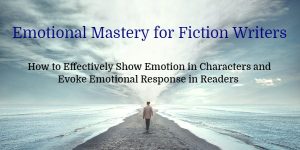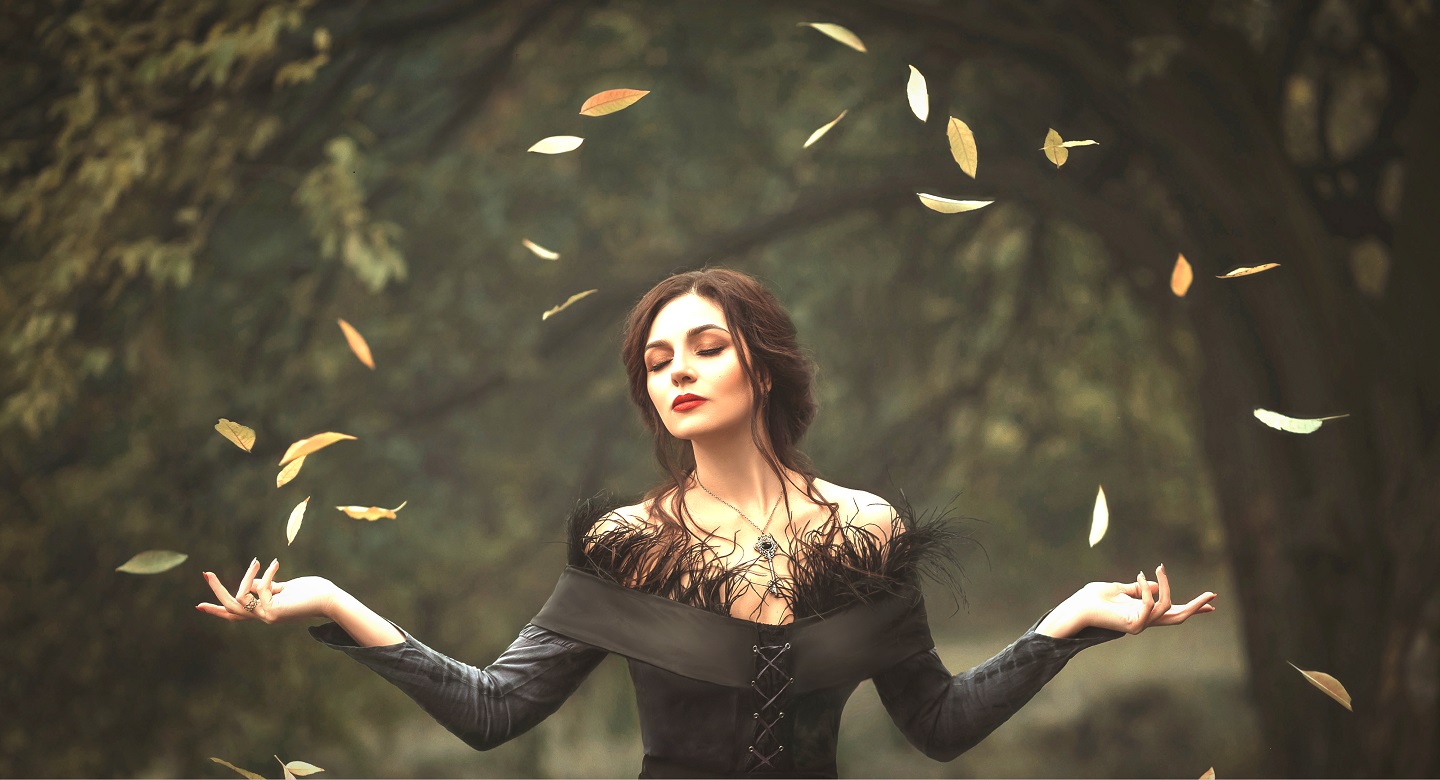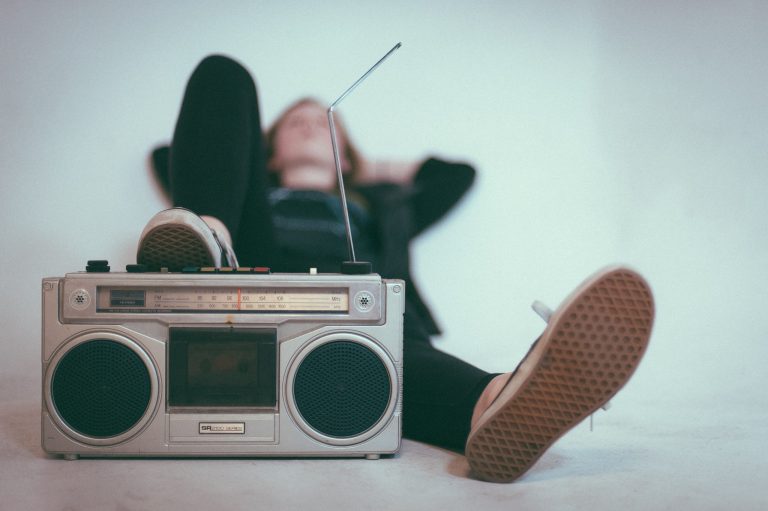The Secret to Getting Readers to React Emotionally to Your Writing
Getting readers to feel something from our writing is hard. Even harder is to get them to feel complex emotions that you can’t really name. Yet, a masterful writer will accomplish this. A masterful writer knows exactly what she wants her readers to feel and will write her scenes with that goal in mind.
Hemingway said, “Find what gave you the emotion . . . Then write it down, making it clear so the reader will see it too and have the same feeling as you had.”
Why does this work? Because all humans, for the most part, have the same emotional makeup. Behavior that scares, infuriates, humiliates, or alienates one person will generate the same reaction in others. You will never get 100% of your readers to feel exactly the same, but you can come pretty darn close if you are an emotional master.
Pay Attention to Your Own Emotions
Hemingway’s advice gives us the first step to learning how to manipulate reader emotions. In addition to examining how you emotional react to things you see around you or on TV, pay attention to those moments when you feel strongly while reading a novel.
Have you ever read a passage in a novel that made you cry? Stirred up indignation? Real terror? I am often moved by passages I read in both fiction and nonfiction. Masterful writers can wrench emotional reaction from me even with random passages.
We’re told to get readers to bond with our protagonist within the first couple of pages, something few writers can do well. Yes, we might get readers interested in our characters and even riveted by their personalities and actions in the opening scenes, but do we truly care for them? Depending on your genre and story, you might not want readers to care for your protagonist all that much (at the start).
As we grow attached to characters throughout the reading of a great novel, we care more about them. And that makes it easier for emotion to be evoked in us. All along the way, a writer must carefully manipulate readers’ emotion, in a deliberate fashion, to try to get them to feel what he wants them to feel.
Factor in Action
When it comes to evoking emotion in readers, we go beyond the showing and telling of emotions in our characters. A huge element that sparks emotion in us is action. Watching what characters do, how they behave, the choices they make, the conversations they have—all can be potent triggers of emotion in readers.
When adept writers show action in a cinematic way, with characters acting, reacting, and processing amid sensory details and vivid description, readers are transported into a scene, as if they are there, living vicariously through the characters. Readers are willing and ready to suspend their disbelief and pull down their walls, making themselves vulnerable to an emotional experience that might be powerful.
Some readers read for the suspenseful ride. Like my husband and kids, they eagerly climb into seats on roller coasters—they’ll even wait two hours to experience a two-minute ride—just to get scared out of their wits. Some readers are perfectly fine crying, feeling miserable, aching in commiseration as they go on a difficult journey with a fictional character they love.
Why do so many people love to do this? I don’t know. I can only speak for myself. There is something wonderful, magical, and sublime about being made to feel deeply about something outside my normal routine, my normal life. Stories that remind me of what being human is all about, what love is, what loyalty is, what hope is, what being victorious looks like lift me up, confirm my humanity, bring deeper meaning to my own life.
So when you are considering how to move your readers emotionally, don’t limit yourself to showing emotion in your characters. Be sure to consider how you are presenting the action of your plot in ways that have emotional impact. And that’s really found in the plot itself.
What good is it for you to have empathetic characters with intense inner conflict and moral dilemmas, but all they do is sit around, drink coffee, text their friends, and worry about what to wear?
Situations and settings and sensory details have great potential to evoke emotion in readers, so push yourself to put your characters in places and predicaments that will set the stage for high emotional content.
Instead of thinking, “I want my reader to feel sad,” how much more masterful would it be to dig deep into the many emotional nuances we experience when any given event occurs.
Do what Hemingway instructed. When you feel something, write down what action took place that made you emote. Then dig into the emotions and learn not just why you feel this way but what exactly you are feeling.
What thoughts led you to those feelings? If you can nail the thoughts, which are words, you can put similar thoughts (words) into your narrative and character’s voice.
That’s the first step toward evoking emotion in readers in a masterful way.
Music to Stimulate Emotion
If you consider yourself an unemotional person, not used to tapping into emotional feelings, this aspiration to become an emotional master is going to kick your butt. I’ve had numerous editing clients tell me they really struggle with this. They say, “I’m just not the emotional, introspective type. I rarely get in touch with my feelings.”
Let’s face the facts: since readers read to care, to be moved, if you want to write the kind of novel that will move them, you must find those emotions within you.
Here’s one thing that might help: music.
I got the idea to listen to movie soundtracks from an author friend. He writes suspense, so he puts on suspenseful “theme” music when he’s writing.
I don’t know about you, but music is very powerful to me. It can evoke tremendous emotion in me. That’s why movies can move us in such emotional ways—they not only show scenes in which characters are emoting, there is a soundtrack that overlays, designed to stir emotion. Movies have such an advantage over books. Viewers see the action, which is much more powerful than reading about the same action. The visual is also enhanced with the auditory—we hear voices, sounds, textures that bring a scene to life. But music is something other.
Who can explain why certain musical scores make some people weep. Or want to cry out in joy? We can feel nostalgia, poignancy, love, peace, or awe when we listen to music. It’s hard to name the emotions we feel when we listen to music. Certain instruments might move us a certain way. I love hearing YoYo Ma play cello. Some are moved by opera. Or a sweet folk song.
The first time I heard Pharelle Williams’s song “Happy” on YouTube, I got so happy I started dancing around the house just like all those people in the music video. That song was so powerful, that people all over the world got hooked on it. Even Oprah had Pharelle on her show to talk about that one song. (If you haven’t seen it, take a minute and watch. It shows ordinary people of all ages, races, classes, stature dancing to the song in a wide assortment of locations.) It also inspired people all over the world to record themselves and others moving to the song.
Music is powerful. Music and dancing are universal. Joy is something everyone wants to feel. Emotion is powerful, infectious.
We also bring our past to our response to music. What are your favorite songs from when you were a teen? Music sparks intense memories. When I hear certain songs, I’m instantly transported to specific times and places in my life. Not only that, I can almost taste and feel as if I were back there, thinking and feeling the way I did when I was fifteen or twenty.
Music sparks memory. Memories spark emotion. Emotions lead to more thoughts and memories and more emotion.
If you know you need your character to feel something and you’re not sure how to tap into that feeling, try to find some music that will take you there. Find some music you already know. It could be a song or a movie soundtrack.
When you listen to a piece of movie music and know the scene it’s from, that can produce a strong feeling in you, especially if that scene moves you in a big way. I have a playlist of hours of soundtrack music. And I often chose a particular piece to listen to when I’m writing or plotting a scene in which I need to feel something particular. I may not be able to name the emotions, but I know what feeling I’m searching for.
Music can free you up. Bypass your resistance or writer’s block. If you need to write an exciting high-action scene and you put on music that is exciting and stimulating, it can get your creative juices flowing and drown out your inner editor.
It doesn’t take many words—a few bits of imagery, an ominous line or two, carefully chosen verbs and adjectives to evoke emotion. I urge you to pay attention to the small details, for they often create the biggest emotional impact.
And always ask yourself when reading moves you: What am I feeling? What made me feel this way? How did the author do this magic?
By getting into the habit of mining your feelings, you will be well on your way to becoming a master of emotion in your fiction writing.
Want to learn how to become a masterful wielder of emotion in your fiction? Enroll in my new online video course, Emotional Mastery for Fiction Writers!
Here’s what you’ll learn in this course of 6+ hours of video instruction:
- The 3 key ways to show emotion in your characters and which one is the most powerful
- What the action-reaction cycle is all about, and why you must understand it to be an emotional master
- Why you need to manipulate your readers’ emotions, and why that’s a good thing
- How to recognize complex emotion and transfer that onto the page
- What microtension is and why it’s essential for emotional mastery
- Ways to craft mood that will evoke emotion in readers
- How to work at the word, phrase, and sentence level to masterfully convey emotion
- How to find the perfect balance of showing and telling emotion in your characters
- How to deconstruct masterful writing that evokes and shows emotion and emulate the effect in your own scenes
 This course is jam-packed with excerpts from novels, movie clips, handouts, and exercises—all designed to help you become an emotional master!
This course is jam-packed with excerpts from novels, movie clips, handouts, and exercises—all designed to help you become an emotional master!
This essential instruction is not available anywhere else. There are no books, podcasts, blog posts, or courses that tackle this topic and to this depth. Few writing instructors teach anything pertaining to the emotional craft of fiction. Yet, it is just as important—if not more so—than a great plot or compelling characters.
Watch a free module!
Scroll down the course page and click on Preview for the Action-Reaction module. You’ll get a lot of great instruction, and you can download the assignments to get started applying what you learned! No risk, so check it out!
“I had been struggling with a part of my story and couldn’t figure out how to improve it although I knew something was off. I applied this to the questionable scene and all became clear. This is one of the most helpful strategies I’ve ever heard and I’m grateful.” — Victoria Ryan
Enroll in the course HERE >>
Listen to my discussion on how to show emotion in characters. There is so much to this topic!











Outstanding and rich information!
Life is a constant day full of emotions. Writing needs to express this. Susanne has again expressed what it means to be not just a good writer, but a GREAT WRITER.
Thank you for the tidbits of writing wisdom in your articles. I especially like how the link in your emails take us to the exact spot in your online article where the email left off. Don’t change that because it’s really convenient.